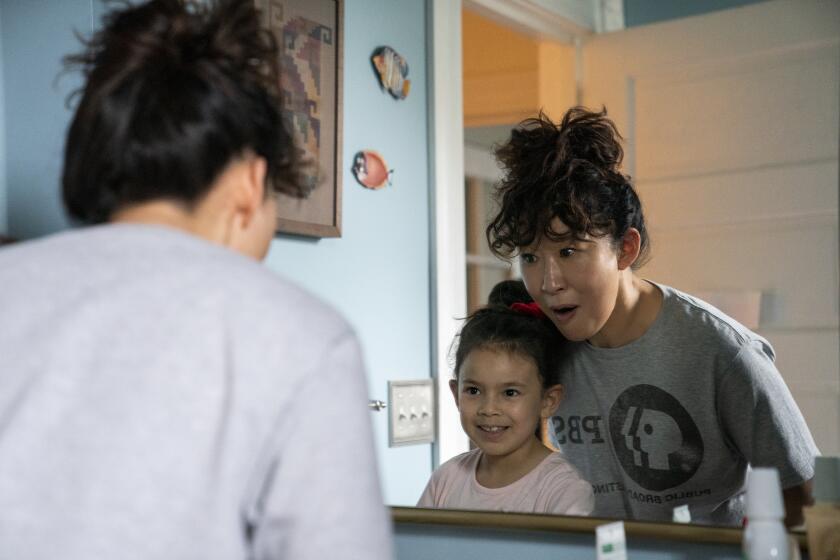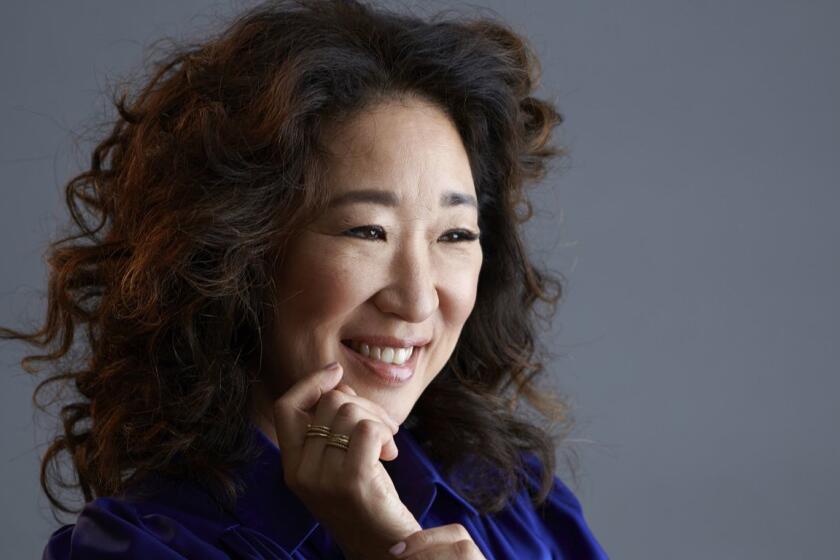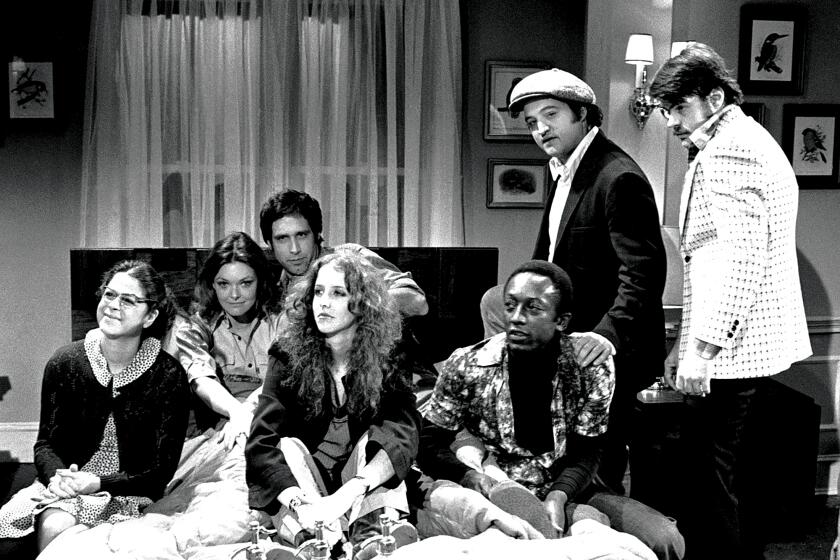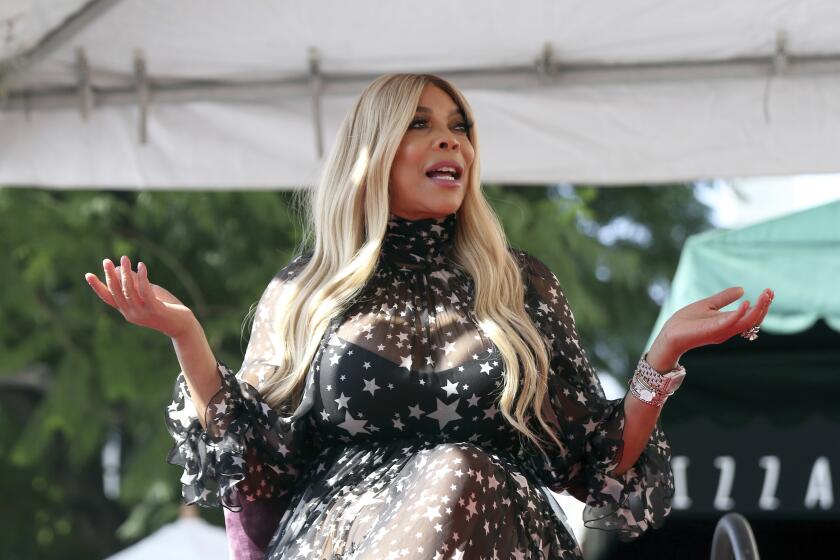I’m an Asian American woman in academia. Here’s what ‘The Chair’ gets right
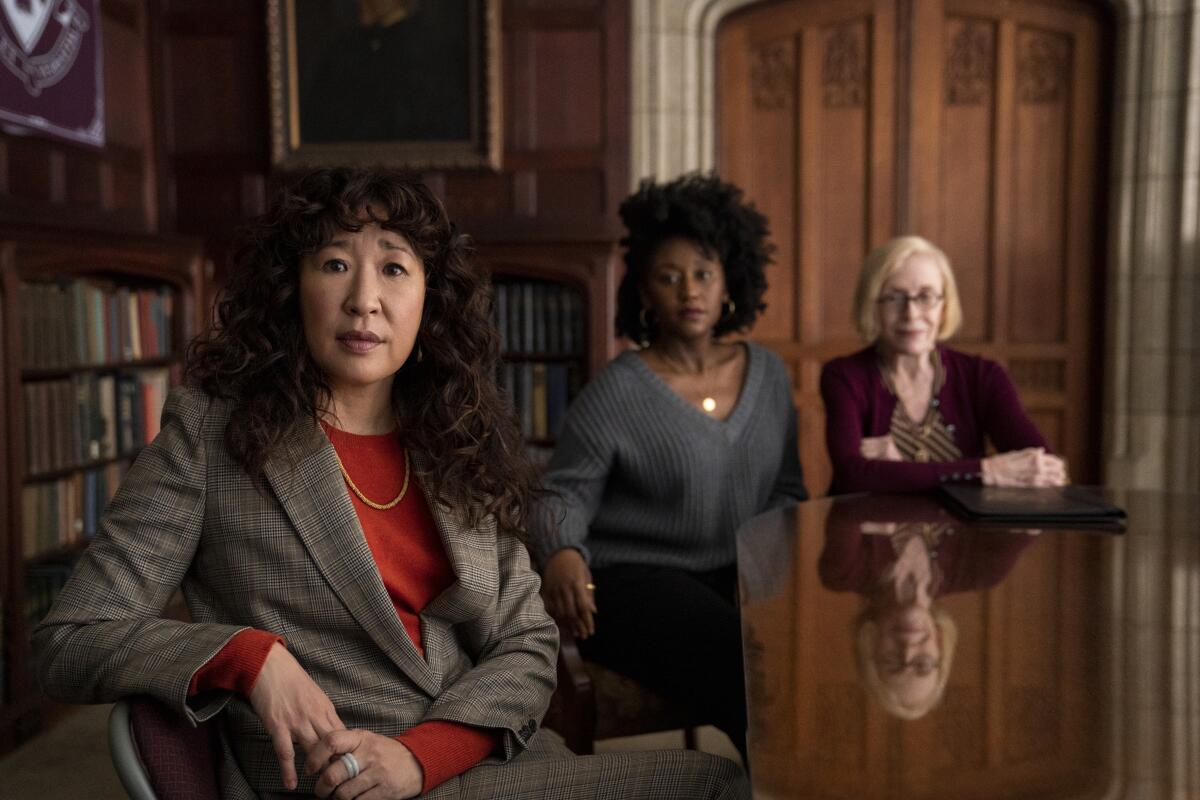
- Share via
When I became the first Asian American woman to chair the sociology department at my university, I felt dread instead of pride. I faced looming budget cuts, personnel troubles and more emails than anyone can answer in a lifetime. So when Netflix announced that it was making “The Chair,” starring Sandra Oh as the first female chair of an English department at a fictional New England college, I literally jumped out of my chair. I couldn’t believe someone was making a workplace comedy about the lives of professors starring an Asian American woman. At the same time, I wondered whether the series, which premieres Friday, could authentically represent the professoriate, particularly the plight of women of color.
“The Chair” introduces us to Oh’s brilliant and winsome professor Ji-Yoon Kim, who faces low student enrollment, old guard faculty who refuse to retire and colleagues who blur professional and personal boundaries. And while the series exaggerates the authority of a department chair as a “boss,” the problems Ji-Yoon encounters — and her futile attempts to solve them — feel authentic.
As the story unfolds, we watch as crisis after crisis tests Ji-Yoon’s relationships, sanity and resolve. For every win she gets, another obstruction pops up: Just when she thinks she has secured a distinguished lectureship for Yaz McKay, a gifted Black female professor (played by Nana Mensah), the dean usurps her decision by giving it to actor, author and holder of master’s degree in English literature David Duchovny, who plays a parody of himself. Throughout the series, a cast of misfit professors wreak havoc, with Ji-Yoon receiving the blame for everything that goes wrong. On top of it all, she struggles to achieve work-life balance as the single mom of an adopted child.
Oh shows off her all-encompassing range in “The Chair” as the first woman to run the English department at an old-school university.
Despite never attending a traditional university herself — she graduated from the National Theatre School of Canada — Oh approaches each of Ji-Yoon’s calamities with so much verisimilitude that I squirmed and laughed in recognition. When she tells dean Paul Larson (David Morse) the college faculty is “is 87% white” and “for the last five years you’ve put the same picture of me on our recruitment brochure,” for example. Or when she says, “Why should [students] trust us? The world is burning and we’re sitting up here worried about our endowment? Our latest ranking on U.S. News & World Report?” And when she talks about her lifelong love of teaching, I saw my own love for students reflected.
Whether Oh plays a doctor (“Grey’s Anatomy”), an MI5 agent (“Killing Eve”) or a professor, she is always relatable. She hopes audiences will watch Ji-Yoon and say, “Oh, I see how she made that mistake unconsciously; oh, I see how she’s trapped herself or painted herself into a corner, and I don’t know if I really would have done anything differently,” she told The Times.
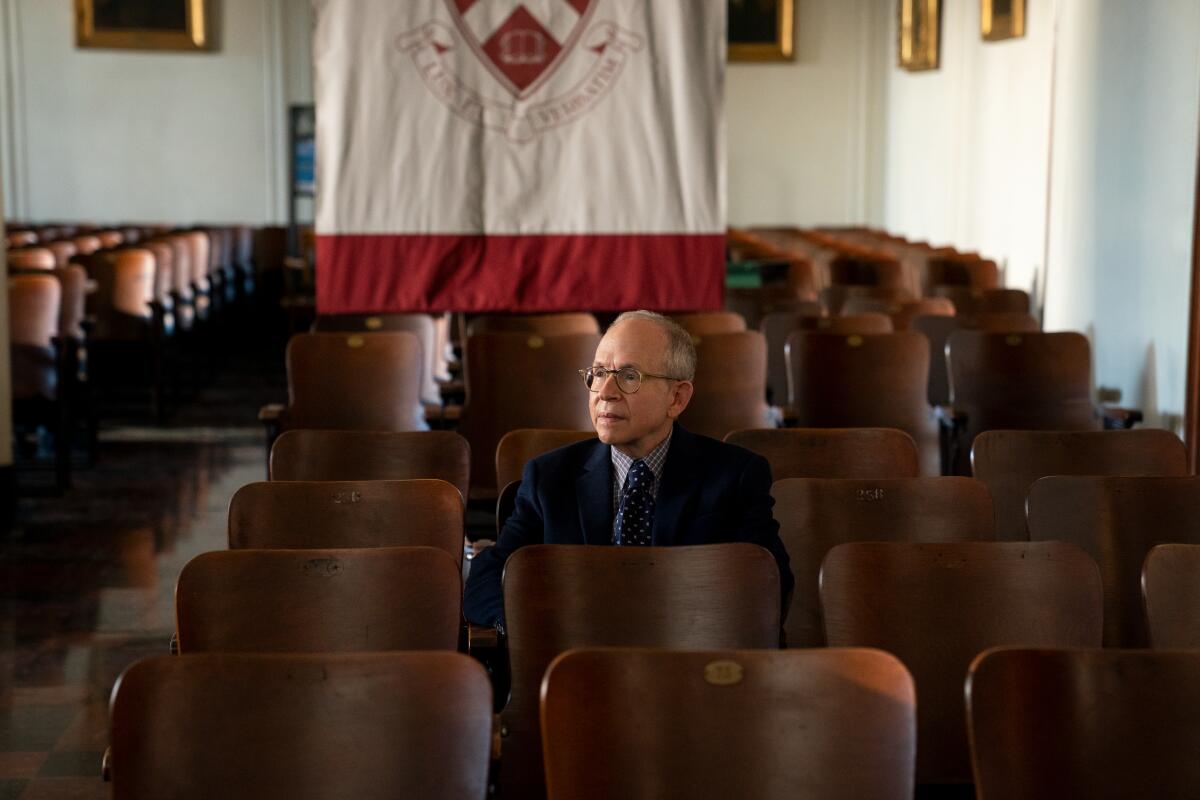
This is the magic of Oh’s performance — to portray an ivory tower English professor as an everywoman. At the same time, “The Chair” is a window into the specific challenges faced by female faculty of color. In 2018, women of color made up less than 7% of the professoriate; 80% of full-time faculty were white (53% white men, 27% white women). As minorities, women of color often occupy precarious positions in universities, particularly in leadership. Ji-Yoon describes this when she says to Yaz, “I don’t feel like I inherited an English department; I feel like someone handed me a ticking time bomb because they wanted to make sure a woman was holding it when it exploded.” (This is a documented phenomenon called “the glass cliff,” in which institutions elevate women and BIPOC to positions of power during crises that puts them at risk of “falling off” and failing.) Oh explained how she saw Ji-Yoon’s tenuous position: “You’re inheriting broken systems, and so the work to make change or to find balance is extremely difficult.”
One aspect of academia “The Chair” explores is the elusiveness of tenure, or a permanent post, for Black faculty. Black professors represented about 5% of all U.S. tenured professors in fall 2018. In 2021, the University of North Carolina at Chapel Hill offered, rescinded and then reoffered tenure to Pulitzer Prize-winning journalist Nikole Hannah-Jones, who ultimately declined the offer and accepted a position at Howard University. Soon after, Cornel West, one of the country’s foremost public intellectuals, resigned from the Harvard Divinity School, also over a tenure dispute. In the show, McKay, a talented Black female faculty member, has her tenure case chaired by an antagonistic senior faculty member — a white man — who feels threatened by her popularity with students given the severe under-enrollment in his own course.
The “Grey’s Anatomy” veteran says she’s not interested in reprising the role of Cristina Yang. But she still appreciates being asked about it.
The series also touches upon Asian American identity. Choosing to name a Korean American professor Ji-Yoon Kim is a rare cultural specificity in Hollywood, and Oh has said that this detail was among the first that drew her to the character and the project. In addition, Ji-Yoon names a bias Asian Americans face in the humanities when she tells Yaz, “When I started [as a professor], it was like, ‘Why is some Asian lady teaching Emily Dickinson?’” As a former English major myself, I’ve had strangers question why I majored in English and not math. By casting Oh as an English professor and Mallory Low as an English Ph.D doctoral student, the show helps dispel the racist idea that English professors or students cannot be Asian.
In addition, the show considers the particular challenges facing an Asian American woman leader. Ji-Yoon’s leadership is under constant scrutiny from her dean and her colleagues. At one point, Yaz says to her: “You should be running the place; instead you’re trying to play nice.” Oh said this scene was “igniting” for her because “you cannot get anywhere [as an Asian American woman] by being nice.” Research shows that Asian American women face a double-paned glass ceiling with their intersectional identities of being Asian and women. If Asian American women are too nice, they are seen as a “lotus flower” that lacks leadership skills. If they are voice strong opinions, they risk becoming an overbearing and unlikeable “dragon lady.” One study of corporate America found Asian American women as the most likely demographic group to have graduate degrees but the least likely to hold top leadership positions.
While “The Chair” addresses issues of racial and gender bias, it also depicts academia as a farce. Though I seldom found hilarity in the day-to-day stresses of being a department chair, I laughed heartily at the absurdity of expecting a single person to solve an entire department’s impossible problems. As an actor, Oh recognized each obstacle faced by Ji-Yoon as a point of situational comedy. She said that the comedy works precisely because “the character doesn’t think it’s funny.” Looking back at my time as the first Asian American female chair, I can say that while I grew a lot, I never took the time to reflect and see the humor in the university setting. Seeing the most stressful elements of your profession come to life as a comedy series turns out to be surprisingly cathartic.
More to Read
The complete guide to home viewing
Get Screen Gab for everything about the TV shows and streaming movies everyone’s talking about.
You may occasionally receive promotional content from the Los Angeles Times.
